Caldwell 17
Also known as NGC 147, Caldwell 17 is a dwarf galaxy in our local group of galaxies.
Distance
2.5 million light-years
Apparent Magnitude
9.5
constellation
Cassiopeia
object type
Dwarf Galaxy
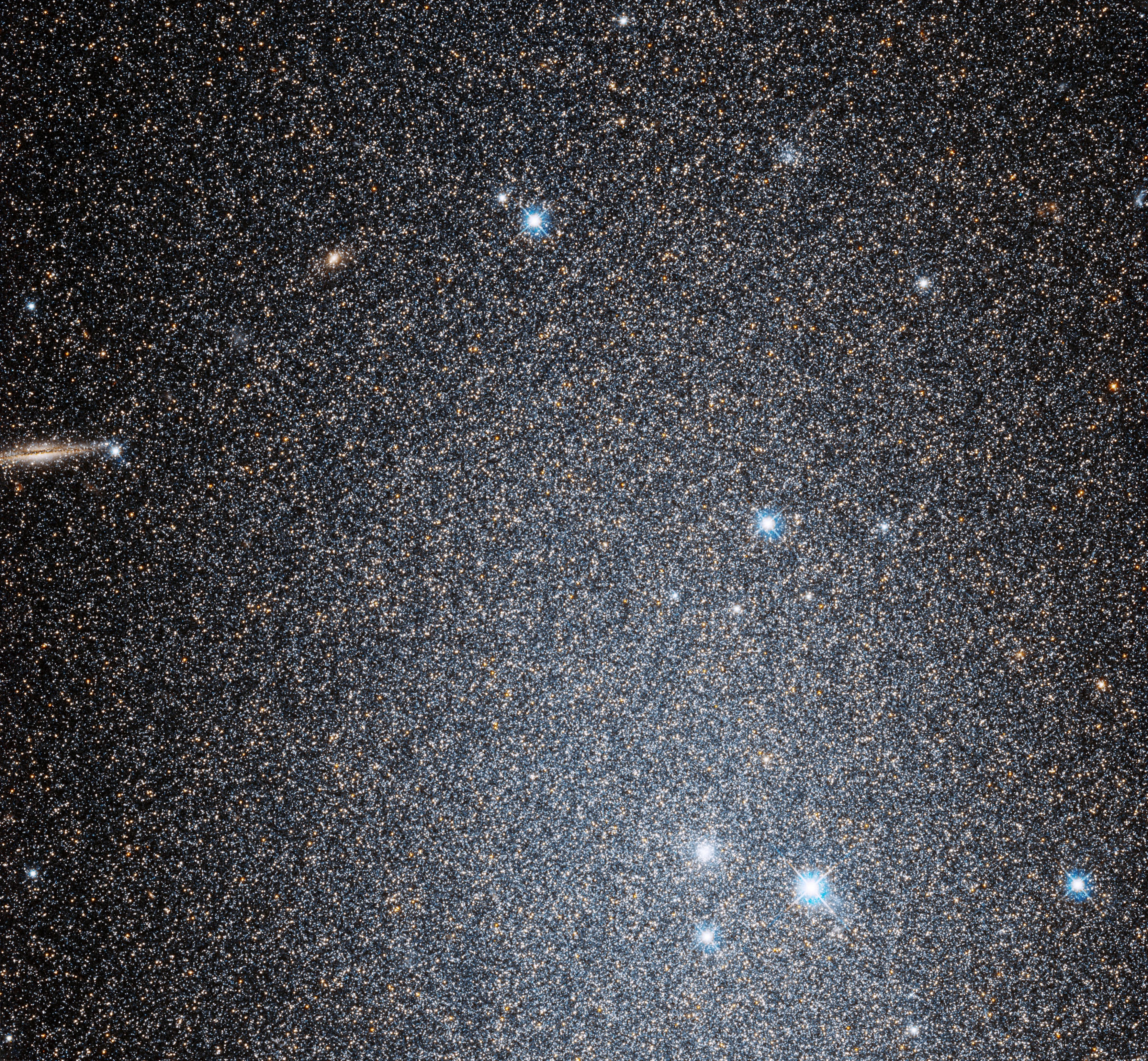
Caldwell 17, also known as NGC 147, is a dwarf galaxy located roughly 2.5 million light-years from Earth. It is a member of the Local Group of galaxies, which is dominated by our Milky Way and the Andromeda galaxy. Caldwell 17, like its neighbor Caldwell 18, is a distant satellite of the Andromeda galaxy. Just as the planets in the solar system are gravitationally bound to the Sun, so are these smaller galaxies bound to their much more massive galactic host. While many classes of galaxies can exist as satellites, dwarf spheroidal galaxies (small, dim, spherical-shaped galaxies) like Caldwell 17 have been observed in this role more frequently than any other type of galaxy.
Dwarf satellite galaxies tend to appear very diffuse and dim, so they can be difficult to spot (especially in light-polluted or hazy skies). Caldwell 17 is no exception. It has an apparent magnitude of 9.5, and observers will need a small telescope set up in a dark location to detect the faint galaxy. Caldwell 17 is located in the southern edge of the constellation Cassiopeia, between the constellation’s “W” pattern and the Andromeda galaxy. (The neighboring Caldwell 18 is brighter and less diffuse, so it is easier to see.) The best time of year to spot Caldwell 17 from the Northern Hemisphere is the autumn. It can also be seen in northern latitudes of the Southern Hemisphere in the spring. The galaxy was discovered by the English astronomer John Herschel in September of 1829.
This image of Caldwell 17 is a composite of observations made in visible and infrared light by Hubble’s Wide Field Camera 3. The image captures an area near the core of the galaxy, which is notable for its elderly stellar population. Astronomers used Hubble’s observations to investigate the properties of Caldwell 17’s many globular star clusters.
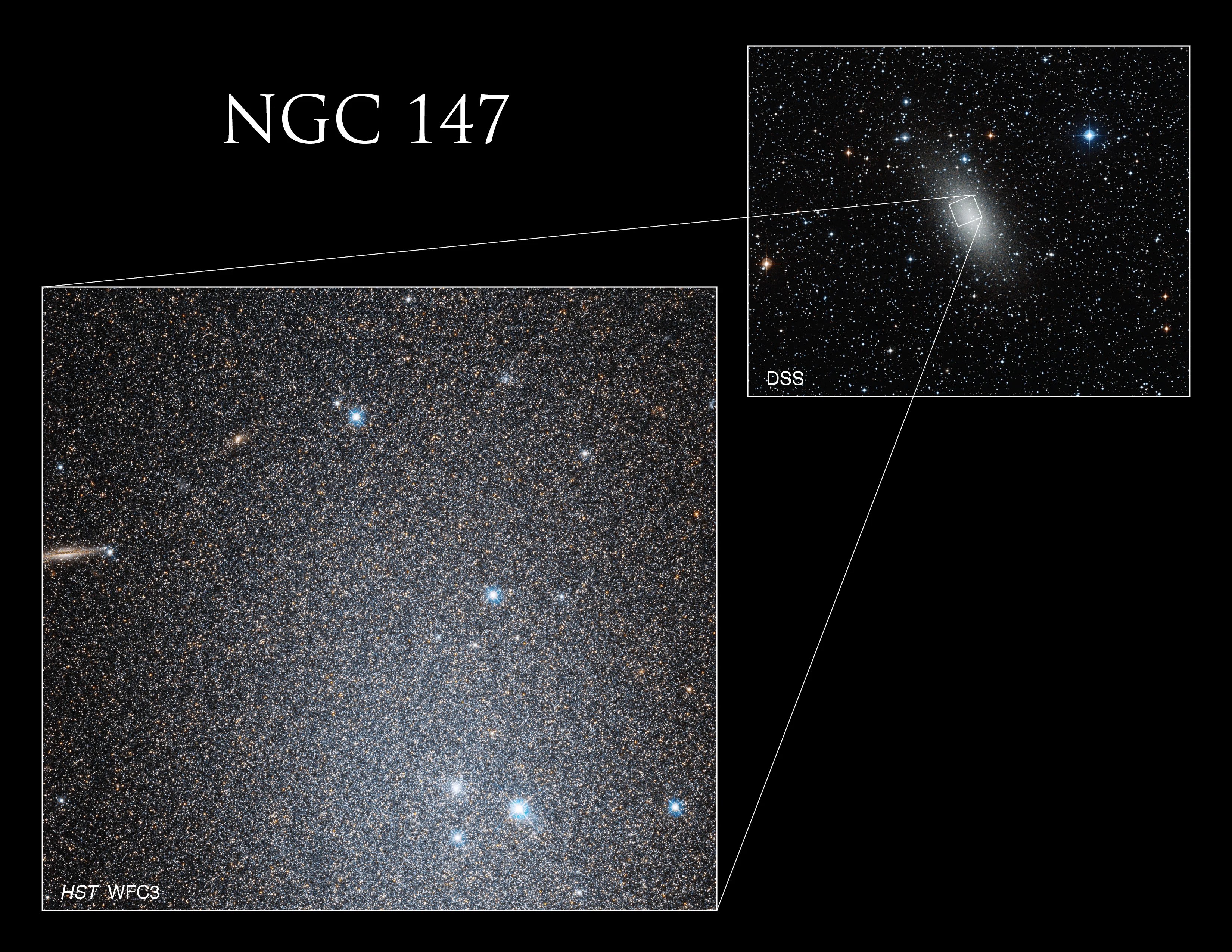
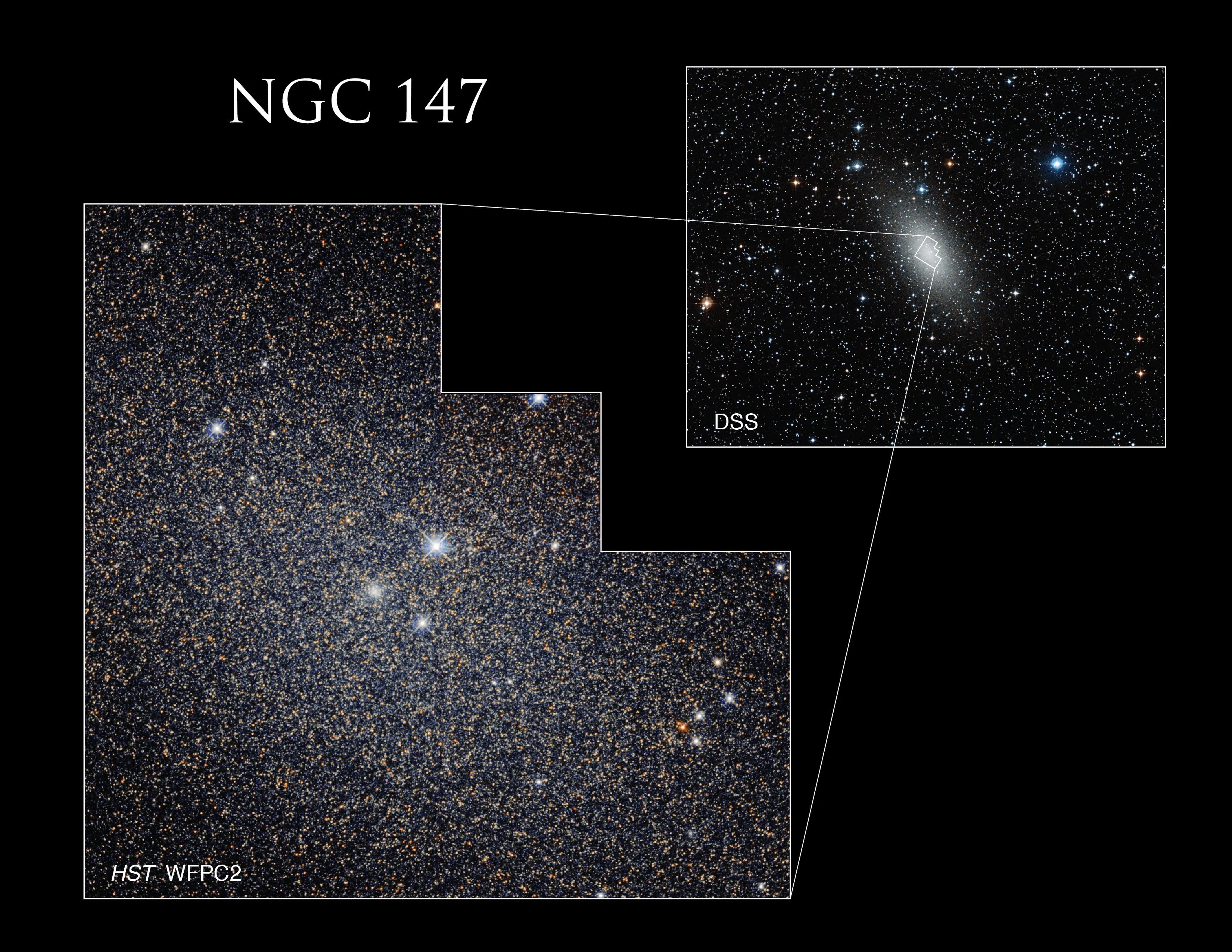
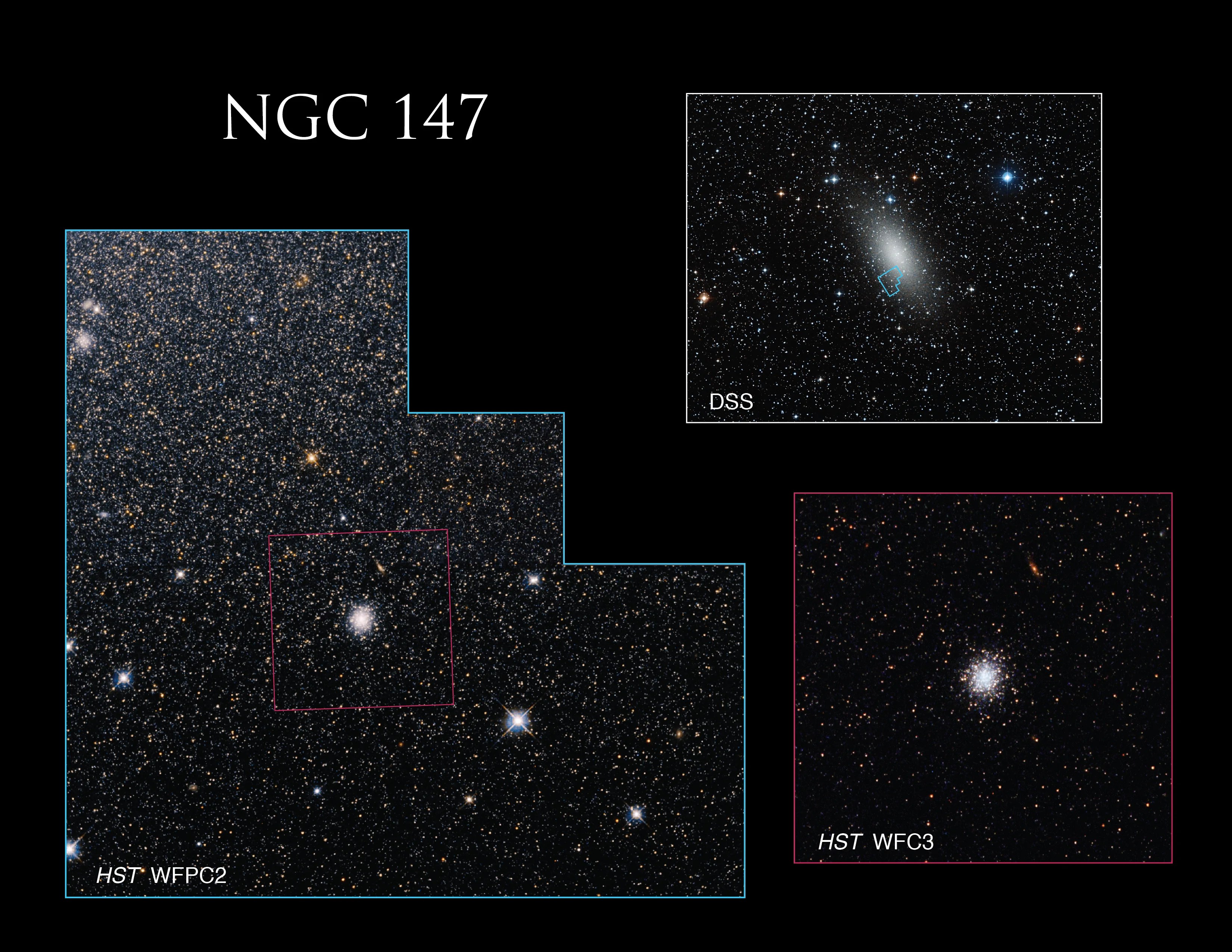
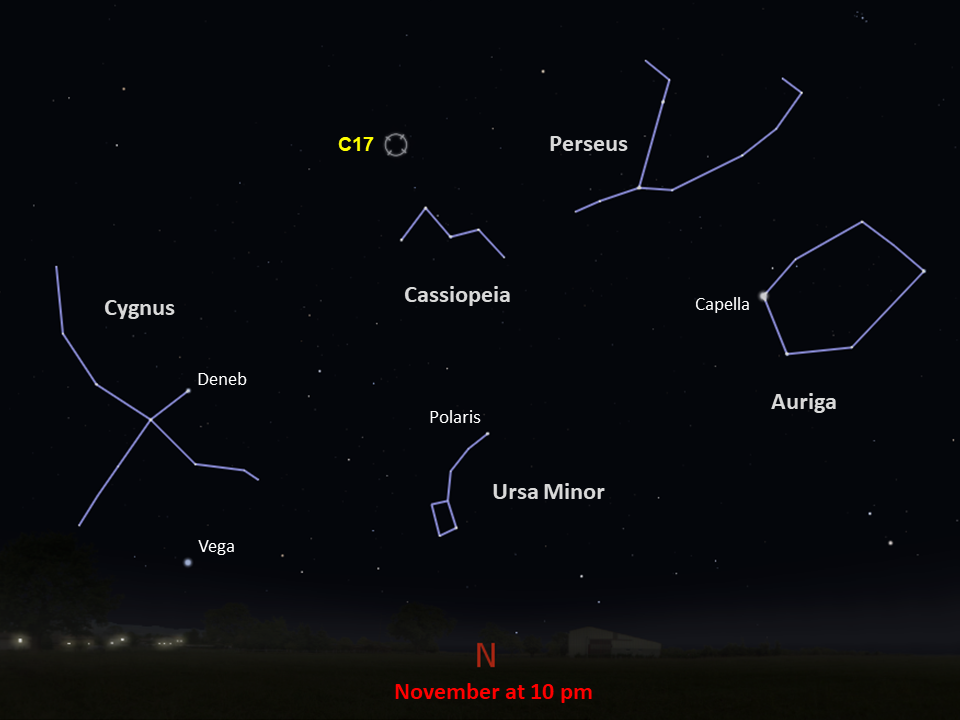
Glossary
Apparent Magnitude - The brightness of an astronomical object as seen from Earth, influenced by the object's distance from Earth, its absolute magnitude, and even gas and dust that lie between the object and Earth.
Dwarf Galaxy - A small, faint galaxy with only millions to a few billion stars.
Globular Cluster - A spherical group of stars that are gravitationally bound to each other, with most of the stars concentrated at the cluster’s center.
Satellite Galaxy - A galaxy that is gravitationally bound to a larger galaxy, much like how the planets in our solar system are gravitationally bound to the Sun.
Explore Hubble's Caldwell Catalog
The following pages contain some of Hubble’s best images of Caldwell objects.

Caldwell 1
Also known as NGC 188, this group of stars formed from a large cloud of gas making the stars roughly…

Caldwell 2
This shell of gas is expanding outward, away from the dying star within.

Caldwell 3
This barred spiral galaxy was first spotted by British astronomer William Herschel in April 1793 in the constellation Draco.




